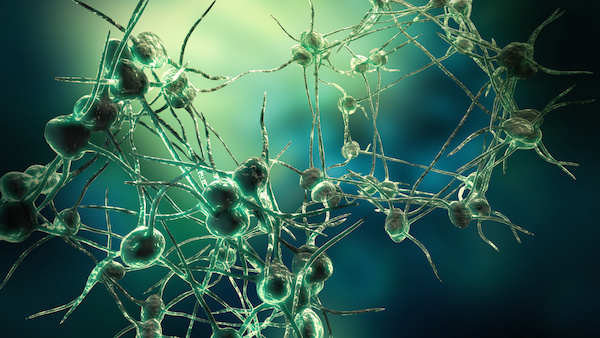
WEDNESDAY, July 30, 2014 (HealthDay News) — Clues to whether a person is at risk for suicide could lie in a simple blood test, a new study suggests.
Chemical changes to a gene involved in the brain’s response to stress hormones may help spur suicidal thoughts and behaviors, the study’s authors explained. Spotting those changes in a blood sample might help alert doctors to a patient’s risk for suicide, they said.
“Suicide is a major preventable public health problem, but we have been stymied in our prevention efforts because we have no consistent way to predict those who are at increased risk of killing themselves,” study lead researcher Zachary Kaminsky, assistant professor of psychiatry and behavioral sciences at the Johns Hopkins University School of Medicine, said in a university news release.
“With a test like ours, we may be able to stem suicide rates by identifying those people and intervening early enough to head off a catastrophe,” he said.
In the study, which was partially funded by the U.S. National Institute of Mental Health, the researchers analyzed genetic mutations in a gene known as SKA2. As the researchers explained, the SKA2 gene is expressed in a part of the brain that is responsible for blocking negative thoughts and controlling impulsive behavior. The gene is also essential for moving stress hormone receptors that suppress the release of the “stress hormone” cortisol throughout the brain.
If SKA2 is changed in some way, these stress hormone receptors are unable to do their job, Kaminsky’s team said. Previous studies have shown that cortisol release is often not working properly in people who think about or attempt suicide, the researchers explained.
After comparing the brains of patients with mental illness to the brains of healthy people, researchers found that those who committed suicide had significantly lower SKA2 levels.
Within this common gene mutation, the study also revealed some of the patients had a change to the gene that altered the way it functioned. The change involved adding chemicals, known as methyl groups, to the gene. Higher levels of this chemical were also found among the patients who had killed themselves. The researchers confirmed this finding with two other brain studies.
Three different sets of blood samples were also analyzed from 325 patients involved in the Johns Hopkins Center for Prevention Research Study. The researchers found similar chemical changes at SKA2 in people with suicidal thoughts or behaviors.
Based on their findings, the researchers were able to design a blood test to predict which of the participants were having suicidal thoughts or attempted suicide with 80 percent certainty. The test was even more accurate for those with more severe suicidal thoughts or behaviors. In those cases, the test was able to predict their risk with 90 percent certainty. For the youngest people, the blood test identified which participants had ever attempted suicide with 96 percent accuracy.
Two experts were somewhat optimistic about the findings.
Dr. Alan Manevitz, a clinical psychiatrist at Lenox Hill Hospital in New York City, called the study “intriguing and promising” but added that “it is a very preliminary study, based on a series of small samples, and more study is needed.”
“It is hard to believe that something as complex as suicide could be attributed to a single gene as a predictor of risk of suicide attempts,” he said. “While promising, any genetic finding requires replication from substantially larger samples of the population to rule out spurious findings.”
Dr. Jeffrey Borenstein, president of the Brain & Behavior Research Foundation in New York City, noted that “more people die from suicide than from homicide. A test that can better identify people at risk of committing suicide has tremendous potential.
He believes that, “if this finding is confirmed, it would help to ensure that people who are at risk get the treatment they need.”
A blood test to predict suicide risk may be particularly beneficial for use among military service members, Kaminsky’s team noted, with those at greatest risk being closely monitored when they return home from deployment.
Psychiatric emergency room doctors could also use the test as part of their assessment of patients’ level of suicide risk, the team said.
“We have found a gene that we think could be really important for consistently identifying a range of behaviors from suicidal thoughts to attempts to completions,” Kaminsky noted. “We need to study this in a larger sample but we believe that we might be able to monitor the blood to identify those at risk of suicide.”
More information
The U.S. Centers for Disease Control and Prevention provides more information on risk factors for suicide.
Copyright © 2025 HealthDay. All rights reserved.

